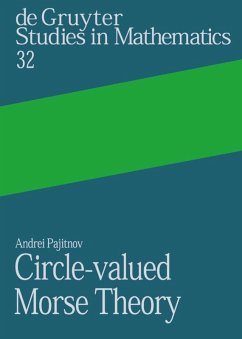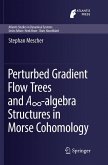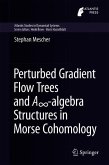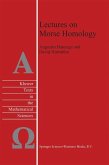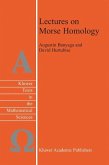In the early 1920s M. Morse discovered that the number of critical points of a smooth function on a manifold is closely related to the topology of the manifold. This became a starting point of the Morse theory which is now one of the basic parts of differential topology.
Circle-valued Morse theory originated from a problem in hydrodynamics studied by S. P. Novikov in the early 1980s. Nowadays, it is a constantly growing field of contemporary mathematics with applications and connections to many geometrical problems such as Arnold's conjecture in the theory of Lagrangian intersections, fibrations of manifolds over the circle, dynamical zeta functions, and the theory of knots and links in the three-dimensional sphere.
The aim of the book is to give a systematic treatment of geometric foundations of the subject and recent research results. The book is accessible to first year graduate students specializing in geometry and topology.
Circle-valued Morse theory originated from a problem in hydrodynamics studied by S. P. Novikov in the early 1980s. Nowadays, it is a constantly growing field of contemporary mathematics with applications and connections to many geometrical problems such as Arnold's conjecture in the theory of Lagrangian intersections, fibrations of manifolds over the circle, dynamical zeta functions, and the theory of knots and links in the three-dimensional sphere.
The aim of the book is to give a systematic treatment of geometric foundations of the subject and recent research results. The book is accessible to first year graduate students specializing in geometry and topology.
"Overall the book covers a lot of material in a style and detail that should be easily accessible to both graduate students and researchers wanting to learn the subject."
Dirk Schütz in: Mathematical Reviews 2008
"The book under review is a very nice and valuable text on the Morse-Novikov theory. It can help anyone who wants to learn the basis of the theory as well as some more recent and advanced developments and applications."
Davod Chataur in: Zentralblatt MATH 1118/2007
Dirk Schütz in: Mathematical Reviews 2008
"The book under review is a very nice and valuable text on the Morse-Novikov theory. It can help anyone who wants to learn the basis of the theory as well as some more recent and advanced developments and applications."
Davod Chataur in: Zentralblatt MATH 1118/2007

